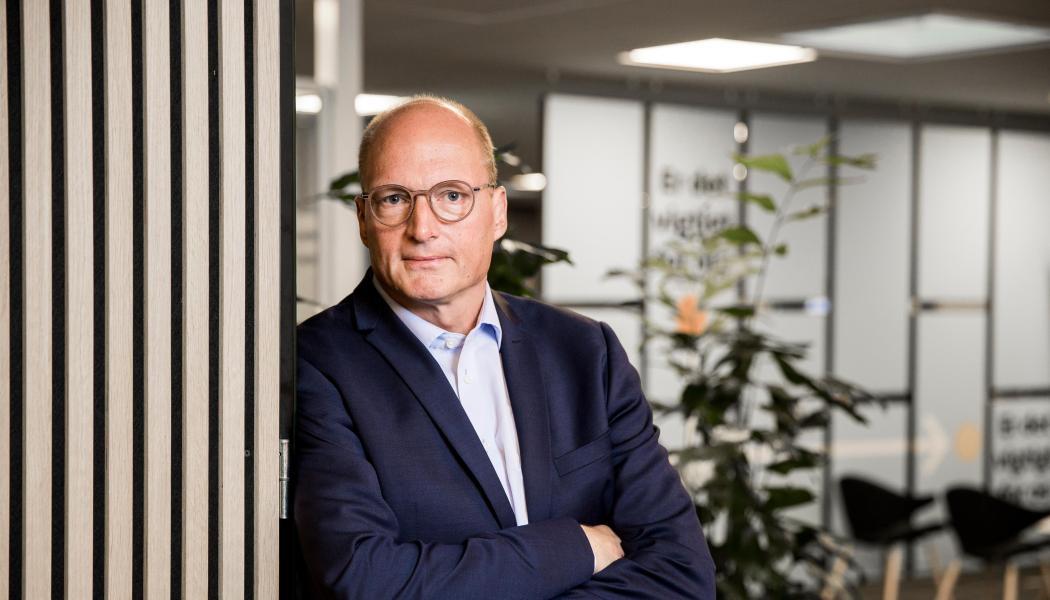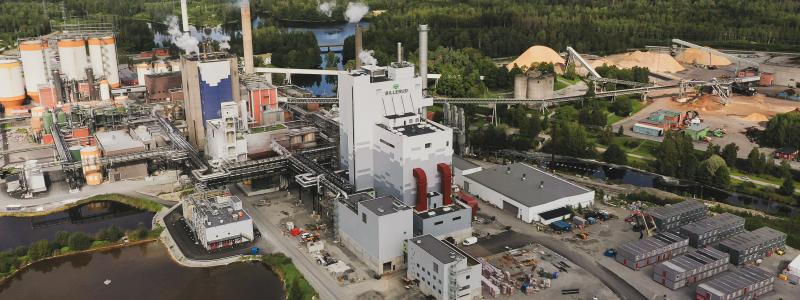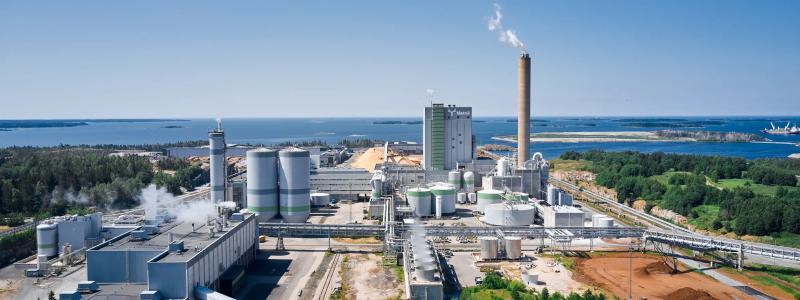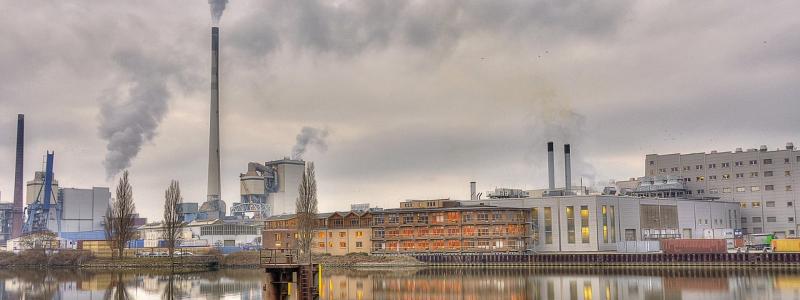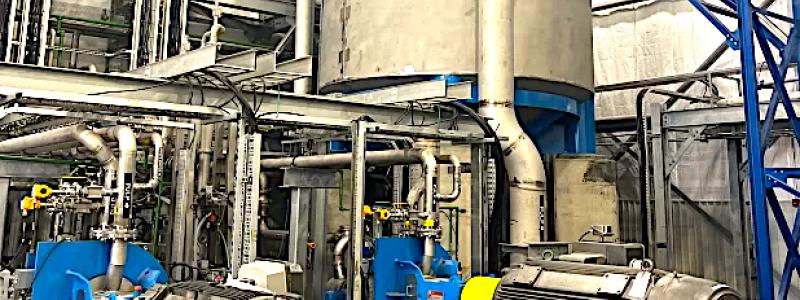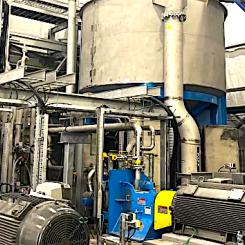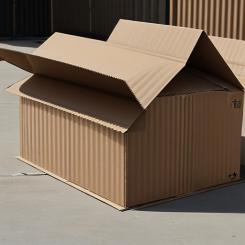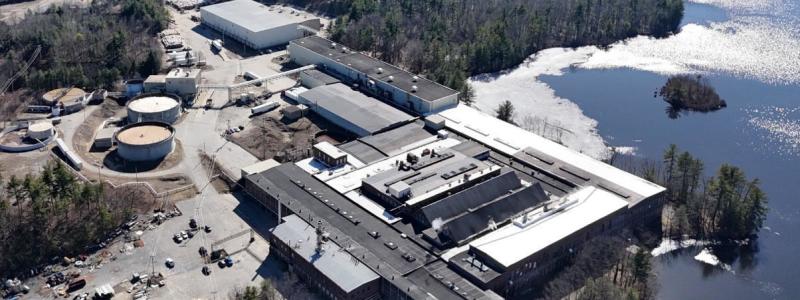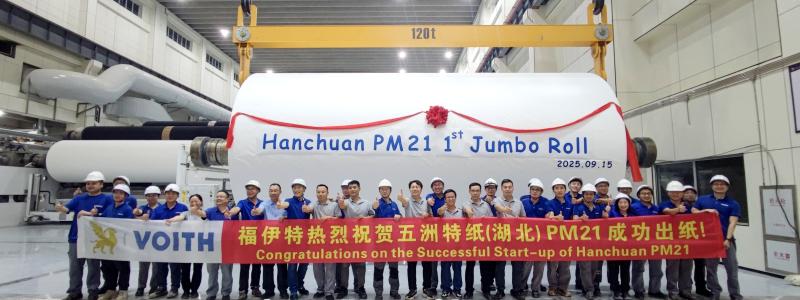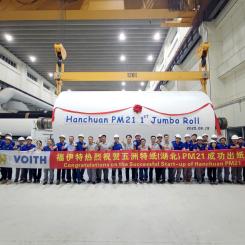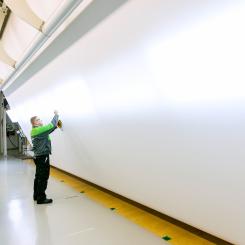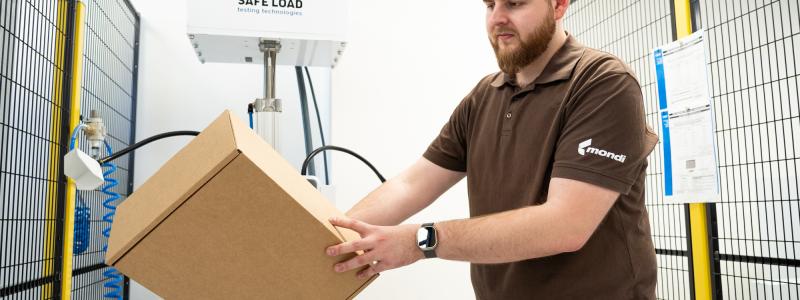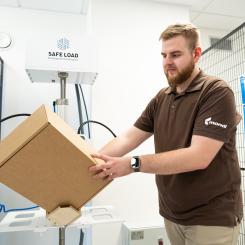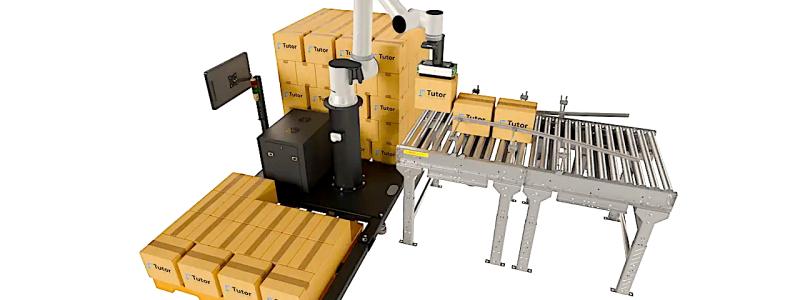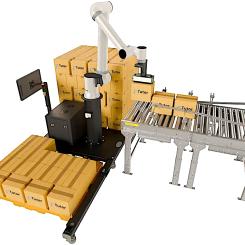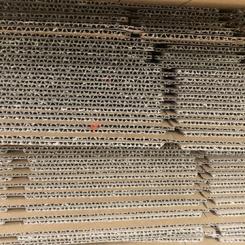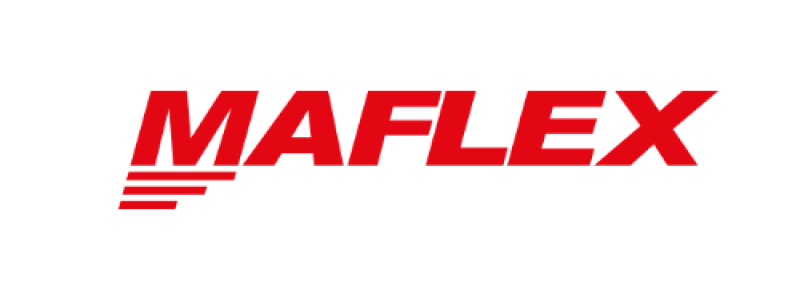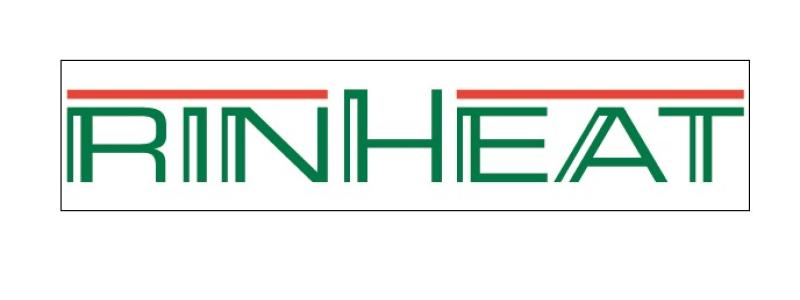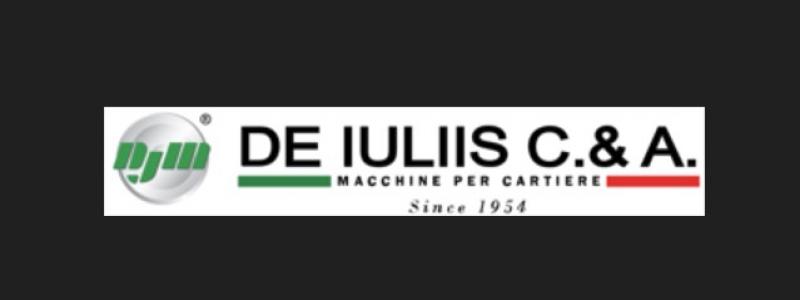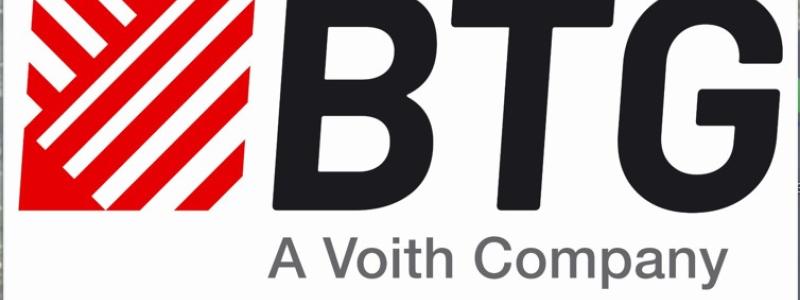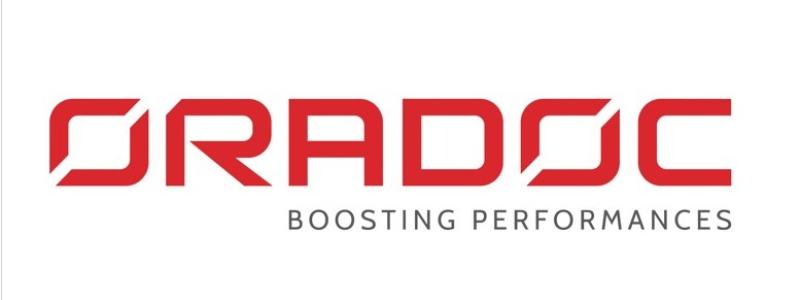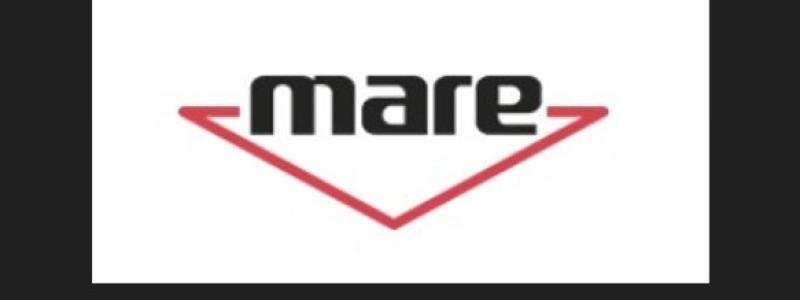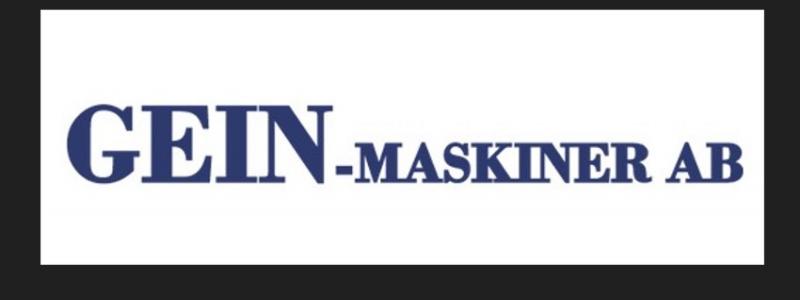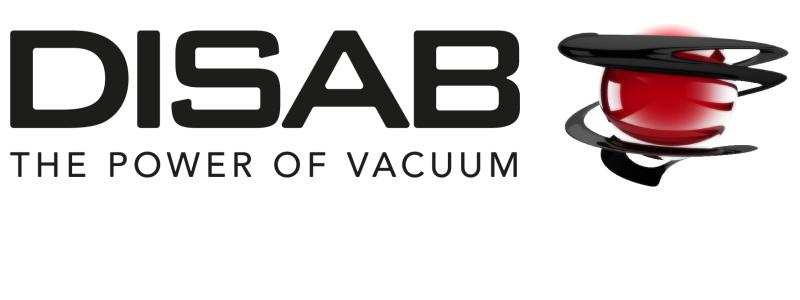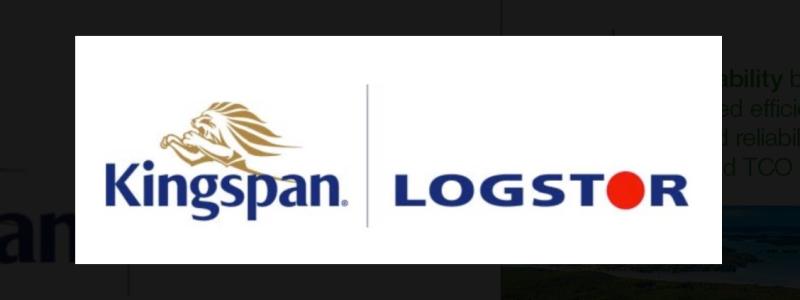GLS Denmark is making major investments in its logistics network to keep pace with the sharp rise in parcel volumes. With a new depot in Ringsted already operational and another hub under construction in Randers, the company is boosting its capacity ahead of the busiest period of the year – from Black Friday through Christmas.
– We want to continue growing, and that means securing more capacity. Without these investments, we would sooner or later have hit a wall in terms of what we can handle, said Steen Ravnsbæk Kristensen, Managing Director of GLS Denmark, in an interview with Transportmagasinet.
Automation as a response to e-commerce growth
Over the past decade, online shopping has transformed Danish logistics. During peak seasons, parcel networks are pushed to their limits. To prepare, GLS Denmark is implementing automated sorting systems in its new facilities, enabling higher throughput and reducing the risk of bottlenecks.
The Ringsted facility, which is now operational, strengthens distribution across Zealand. The upcoming Randers hub is expected to provide a major capacity increase for Jutland. Both depots are equipped with state-of-the-art sorting technology and a high degree of automation.
– Automation is essential if we are to handle the volumes we face. Each year, we see parcel numbers rise sharply around Black Friday and the Christmas season. With the new depots, we will be better prepared to deliver on time, Kristensen explained.
Part of a European logistics giant
GLS Denmark operates within the GLS Group, one of Europe’s largest parcel delivery networks, with activities in 40 countries. In Denmark, the company competes with PostNord and Bring as one of the leading parcel carriers.
As Danish consumers increasingly shop online, logistics firms have been forced to upgrade both technology and infrastructure. For GLS Denmark, the goal is to maintain its reputation as a reliable delivery partner, even during peak demand.
The company has modernised several of its existing depots in recent years, but the investments in Ringsted and Randers represent its most extensive upgrade to date. Once fully operational, the new hubs are expected to process several hundred thousand parcels per day.
Growth and customer focus
The new facilities are not only about increasing volume capacity but also about improving service and reliability. Faster sorting and more efficient handling mean shorter delivery times and fewer errors.
– We are investing to secure the future. Customers expect their parcels to arrive quickly and without issues. That means we must stay ahead in both capacity and technology, Kristensen said.
Industry analysts note that GLS’s expansion reflects a broader trend across Europe, where logistics companies are scaling up networks to cope with the relentless growth of e-commerce. Competition is particularly intense in Scandinavia, with strong national players and global operators all vying for market share.
For GLS Denmark, the new depots are a key element in its strategy to meet rising demand. The upcoming Black Friday and Christmas period will serve as the first real test of whether the new capacity delivers.
– We are ready for peak season. The new depots give us a completely different starting point compared to previous years, Kristensen concluded.
Source: Transportmagasinet




